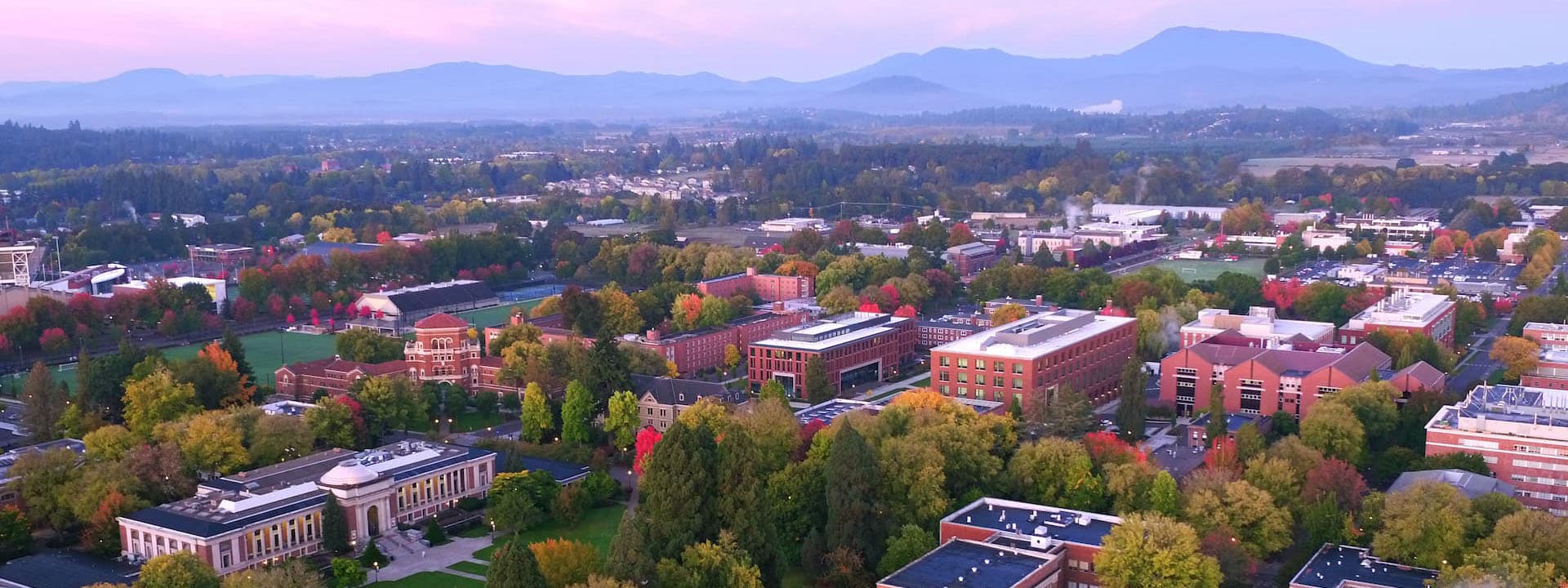Reaching Mustangs: Julia Dwight ’18 at the Wild Horse Sanctuary in Shingletown, California
Aug 19, 2017For my last co-op at Antioch College, I chose to work at the Wild Horse Sanctuary in Shingletown, CA. As an intern I have many responsibilities here at the ranch, the most important of which is riding Player. Player is a 4 year old gelded mustang who was born here at the sanctuary. He is easily identified by his dun coloring and characteristic dorsal stripe.
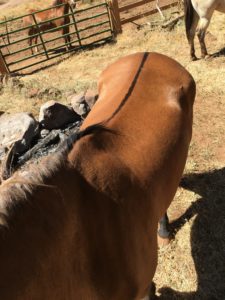 We both arrived here the same day, after he completed 90 days of training. Player is the youngest, most unpredictable, and complex horse I have ever worked with. In many ways he is the most well trained horse I have ever ridden. He can be mounted from either side and will line himself up at the mounting block willingly. If he feels his rider become unbalanced in the saddle, he stops immediately. Player knows voice commands and will trot or lope at a simple cue. He will even stop in his tracks if you say “whoa” (or even by saying a similar sounding word). As his only rider, it is my job to constantly work with him on everything he knows, in addition to teaching him new things.
We both arrived here the same day, after he completed 90 days of training. Player is the youngest, most unpredictable, and complex horse I have ever worked with. In many ways he is the most well trained horse I have ever ridden. He can be mounted from either side and will line himself up at the mounting block willingly. If he feels his rider become unbalanced in the saddle, he stops immediately. Player knows voice commands and will trot or lope at a simple cue. He will even stop in his tracks if you say “whoa” (or even by saying a similar sounding word). As his only rider, it is my job to constantly work with him on everything he knows, in addition to teaching him new things.
My current focus is on remaining in communication with Player when he spooks. I have learned the hard way, just how much instinct can blind a young horse when they become scared. Through trial and error, Player has taught me how to bring him back to reality before he runs us both into another tree. However, it is my job to never let my guard down and try to remain a step ahead of Player at all times. I am learning how to be his leader and emotional rock. I do not reach him through dominance, but instead through my steady and calm emotions and demeanor. I try to lead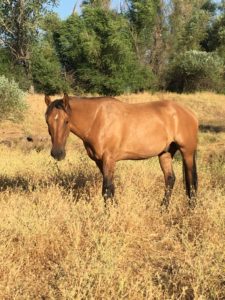 by example in order to reach Player during his stressful moments.
by example in order to reach Player during his stressful moments.
I feel honored to ride such an amazing mustang. This responsibility is also allowing me to accomplish one of my personal goals of gaining more understanding about horse training and communication.
In addition to riding Player and improving my horsewomanship skills, I help take care of the other 18 saddle horses. I help with feeding, supplements, riding, and anything else that may come up. As an intern living so closely with the horses, I feel as though I am always on the job. 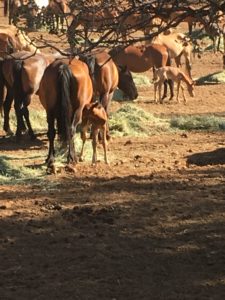 However, one of my goals this term is to contribute both my time and energy into helping this nonprofit help horses. I strive to do my best at every task that needs to be accomplished.
However, one of my goals this term is to contribute both my time and energy into helping this nonprofit help horses. I strive to do my best at every task that needs to be accomplished.
There are also over 300 wild horses at the sanctuary that I help feed daily. Every few weeks there are new foals born into different bands. In the evening a short walk up to the wild horse fence line where we feed can be rewarded with a glimpse of a nursing foal.
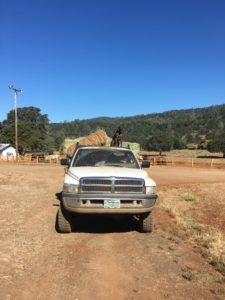 Since my arrival, the sanctuary has been preparing for their annual Open House even on Saturday, August 19. The event features our gentled mustangs, adoptable horses, pony rides, farrier demonstrations and more. The students involved in the Anna Twinney clinic this week, will also showcase their work on touching the untouched horse.
Since my arrival, the sanctuary has been preparing for their annual Open House even on Saturday, August 19. The event features our gentled mustangs, adoptable horses, pony rides, farrier demonstrations and more. The students involved in the Anna Twinney clinic this week, will also showcase their work on touching the untouched horse.
I feel privileged to ride every day, work with amazing horses, and knowledgeable people. I am looking forward to the remainder of my co-op here at the Wild Horse Sanctuary!
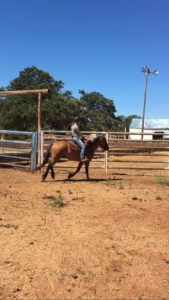
Photo credit: Nicol Kunka
All photos in this post were taken by Julia Dwight unless otherwise noted.
Found at Sea: Julia Dwight ’18 at the Oceanography Lab at Oregon State in Corvallis, OR
Mar 03, 2017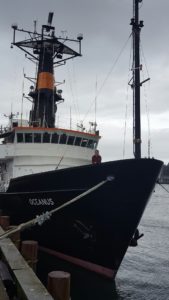
During this co-op, I worked in the Oceanography Lab at Oregon State’s College of Earth, Ocean, and Atmospheric Sciences as a lab tech where my duties ranged from making chemicals to running samples and data entry. It was my responsibility to become proficient with the various instruments we used for analysis, and in some instances teach graduate students how to use them for their own research.
I’ve learned that running and working in a lab involves much more than the research itself. I assisted my boss with countless organizational projects, packed and unpacked for research cruises, and washed thousands of dishes. Throughout this time, I paid notice to the sounds and movements of both people and things with regard to the places I frequented. My all-encompassing conclusions highlight awareness and the key to experiencing sound and movement within a place in a meaningful way. It’s too easy sometimes, walk through the world immune and unaware of the sounds and movements in one’s surroundings. However, there’s a wealth of knowledge that can be obtained by the observed world of silent and noisy interactions and relationships within a place. Thus, I would define place as the immediate surroundings of the observed. This could be a large as the sea beneath, beside, and rolling onto a ship out at sea. It could be as small as an interaction between molecules within a flask. Place container the observed.
Photo credit: https://ceoas.oregonstate.edu/



